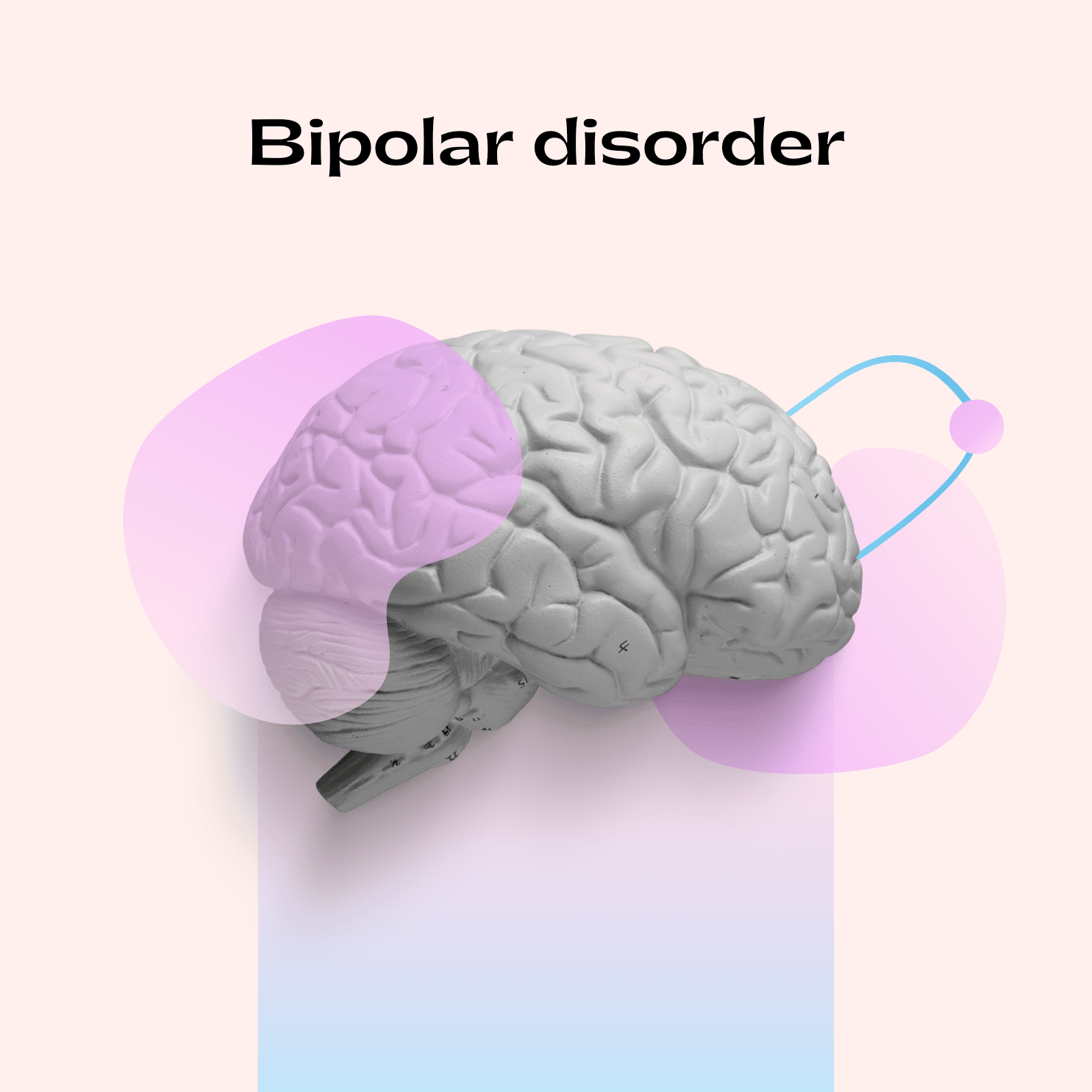What is Bipolar Disorder?

Welcome to our in-depth exploration of bipolar disorder, a complex mental health condition that affects millions of people worldwide. In this comprehensive guide, we'll delve into the intricacies of bipolar disorder, from its symptoms and diagnosis to its treatment and management strategies. Whether you're someone living with bipolar disorder, a caregiver, or simply seeking to expand your understanding of mental health, this blog aims to provide valuable insights and resources.
What is Bipolar Disorder?
Bipolar disorder, formerly known as manic-depressive illness, is a brain disorder characterized by unusual shifts in mood, energy, activity levels, and the ability to carry out day-to-day tasks. These shifts can range from manic highs to depressive lows, with periods of normal mood in between. It's important to note that bipolar disorder is a chronic condition that requires lifelong management.
Types of Bipolar Disorder
There are several types of bipolar disorder, each with its unique features and patterns of mood episodes. The primary types include:
1. Bipolar I Disorder: Characterized by manic episodes that last at least seven days or by manic symptoms that are so severe that immediate medical care is necessary. Depressive episodes often occur as well.
2. Bipolar II Disorder: Defined by a pattern of depressive episodes and hypomanic episodes, which are less severe than full-blown manic episodes but still impairing.
3. Cyclothymic Disorder (Cyclothymia): Involves numerous periods of hypomanic symptoms as well as numerous periods of depressive symptoms lasting for at least two years (one year in children and adolescents).
Symptoms of Bipolar Disorder
Recognizing the symptoms of bipolar disorder is crucial for early intervention and effective management. Common symptoms include:
- Manic Episodes: Increased energy, euphoria, racing thoughts, reckless behaviour, decreased need for sleep, and grandiose beliefs.
- Depressive Episodes: Persistent sadness, loss of interest in activities, fatigue, changes in appetite or weight, feelings of worthlessness or guilt, and thoughts of death or suicide.
- Hypomanic Episodes: Similar to manic episodes but less severe and typically not accompanied by psychotic symptoms.
Causes and Risk Factors
While the exact cause of bipolar disorder remains unclear, it is believed to involve a combination of genetic, biological, and environmental factors. Some common risk factors include:
- Family History: Individuals with a family history of bipolar disorder are at a higher risk of developing the condition themselves.
- Brain Structure and Function: Differences in brain structure and neurotransmitter imbalances may contribute to the development of bipolar disorder.
- Trauma and Stress: Traumatic events or significant life stressors can trigger or exacerbate bipolar symptoms in susceptible individuals.
Diagnosis and Assessment
Diagnosing bipolar disorder involves a comprehensive evaluation by a mental health professional, which may include:
- Clinical Interview: Gathering information about symptoms, family history, and medical history.
- Mood Tracking: Keeping a mood diary to track changes in mood, energy levels, and behaviour over time.
- Psychological Assessment: Administering standardized tests to assess mood, cognition, and overall functioning.
Treatment Options
Effective treatment for bipolar disorder often involves a combination of medication, psychotherapy, and lifestyle changes. Treatment options may include:
- Mood Stabilizers: Medications such as lithium, valproate, and lamotrigine help stabilize mood and prevent mood swings.
- Antidepressants: In some cases, antidepressant medications may be prescribed to manage depressive symptoms, but they are usually combined with mood stabilizers to prevent triggering manic episodes.
- Psychotherapy: Cognitive-behavioral therapy (CBT), psychoeducation, and interpersonal therapy can help individuals manage symptoms, cope with stress, and improve communication skills.
- Lifestyle Changes: Maintaining a regular sleep schedule, avoiding alcohol and drugs, exercising regularly, and practicing stress-reduction techniques can all contribute to symptom management.
Coping Strategies and Support
Living with bipolar disorder can be challenging, but there are many strategies and resources available to help individuals cope and thrive:
- Build a Support Network: Surround yourself with understanding friends, family members, and mental health professionals who can provide support and encouragement.
- Learn About Your Condition: Educate yourself about bipolar disorder, its symptoms, and its treatment options to empower yourself in managing your condition.
- Develop Healthy Coping Skills: Practice relaxation techniques, mindfulness, and stress management strategies to reduce the impact of mood episodes.
- Join a Support Group: Connecting with others who are living with bipolar disorder can provide validation, empathy, and practical advice for navigating challenges.
Bipolar disorder is a complex mental health condition that requires ongoing management and support. By understanding the symptoms, causes, and treatment options, individuals living with bipolar disorder can take proactive steps to improve their quality of life and achieve greater stability. Remember, you are not alone, and help is available. Together, we can work towards destigmatizing mental illness and promoting understanding and compassion for all.
